
The Hollywood Bowl is an amphitheatre and public park in the Hollywood Hills of Los Angeles, California, United States. It was named one of the 10 best live music venues in the United States by Rolling Stone magazine in 2018. It was listed on the National Register of Historic Places in 2023.

The Maid of Orleans is an opera in 4 acts, 6 scenes, by Pyotr Ilyich Tchaikovsky. It was composed during 1878–1879 to a Russian libretto by the composer, based on several sources: Friedrich Schiller's The Maid of Orleans as translated by Vasily Zhukovsky; Jules Barbier's Jeanne d'Arc; Auguste Mermet's libretto for his own 1876 opera; and Henri Wallon's biography of Joan of Arc. Dedicated to conductor Eduard Nápravník, this work represents the composer's closest approach to French grand opera, albeit in the Russian language, notably with its inclusion of a ballet in act 2.

Francis La Flesche was the first professional Native American ethnologist; he worked with the Smithsonian Institution. He specialized in Omaha and Osage cultures. Working closely as a translator and researcher with the anthropologist Alice C. Fletcher, La Flesche wrote several articles and a book on the Omaha, plus more numerous works on the Osage. He made valuable original recordings of their traditional songs and chants. Beginning in 1908, he collaborated with American composer Charles Wakefield Cadman to develop an opera, Da O Ma (1912), based on his stories of Omaha life, but it was never produced. A collection of La Flesche's stories was published posthumously in 1998.

Charles Wakefield Cadman was an American composer. For 40 years, he worked closely with Nelle Richmond Eberhart, who wrote most of the texts to his songs, including Four American Indian Songs. She also wrote the librettos for his five operas, two of which were based on Indian themes. He composed in a wide variety of genres.
American Indian opera is a subgenre of music of the United States. It began with composer Gertrude Bonnin (1876-1938), also known as Zitkala-Sa. Bonnin drew from her Yankton Dakota heritage for both the libretto and songs for the opera The Sun Dance. This full-scale opera was composed with William F. Hanson, an American composer and teacher at Brigham Young University in Utah.
The Indianist movement was a movement in American classical music that flourished from the 1880s through the 1920s. It was based on attempts by classical composers to incorporate American Indian musical ideas with some of the basic principles of Western music, with the goal of creating a new, truly American national music.
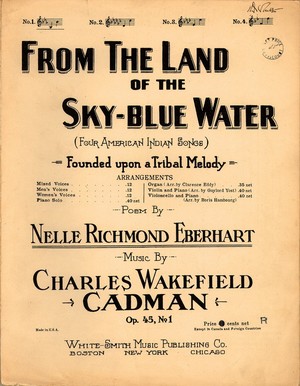
"From the Land of the Sky-Blue Water" (1909) is a popular song composed by Charles Wakefield Cadman. He based it on an Omaha love song collected by Alice C. Fletcher. "Sky-blue water" or "clear blue water" is one possible translation of "Mnisota", the name for the Minnesota River in the Dakota language.
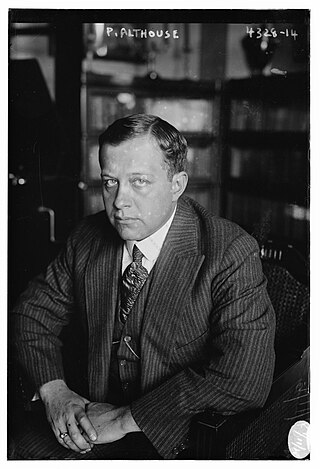
Paul Shearer Althouse was an American opera singer. He began his career as a lyric tenor with a robust Italianate sound, in roles including Cavaradossi in Tosca, Pinkerton in Madama Butterfly, and Turiddu in Cavalleria rusticana. He later branched out into the dramatic tenor repertoire, finding success in portraying Wagnerian heroes. He sang with the Metropolitan Opera in New York City for 30 years.

Marie Sundelius was a Swedish-American classical soprano. She sang for many years with the Metropolitan Opera in New York City and later embarked on a second career as a celebrated voice teacher in Boston.

"Un bel dì, vedremo" is a soprano aria from the opera Madama Butterfly (1904) by Giacomo Puccini, set to a libretto by Luigi Illica and Giuseppe Giacosa. It is sung by Cio-Cio San (Butterfly) on stage with Suzuki, as she imagines the return of her absent love, Pinkerton. It is the most famous aria in Madama Butterfly, and one of the most popular pieces in the entire soprano repertoire.
Angelo Badà was an Italian operatic tenor. He was on the roster of the Metropolitan Opera for 30 years where he gave a total of 2,170 performance in 94 different operas in over 100 different roles from 1908 through 1938. Only two singers in the Met's history have made more appearances with the company: Charles Anthony and George Cehanovsky. He mostly appeared in comprimario roles during his career, although he did occasionally perform larger parts. His repertoire encompassed operas in the English, Italian, French, and German languages.

The Legend is a one-act tragic opera composed by Joseph Carl Breil to an English libretto by Jacques Byrne. It premiered at the Metropolitan Opera in New York City on March 12, 1919, in a triple bill with two other one-act operas, John Hugo's The Temple Dancer and Charles Cadman's Shanewis. Its melodramatic story is set in Muscovadia, a mythical country in the Balkans, and involves an impoverished nobleman turned bandit, his daughter Carmelita, and her lover Stephen, a captain in the hussars. The action unfolds over a single night at the end of which both lovers are dead—Stephen stabbed to death by Carmelita and Carmelita shot by Stephen's fellow hussars. The only one of Breil's six operas to be performed by a major opera company, The Legend received scathing press reviews and after its three performances at the Met disappeared from the repertory.

Marie Berg Tiffany was an American operatic lyric soprano. She was a member of the Metropolitan Opera in Manhattan, New York City, from 1916 to 1928; making 208 appearances at the Met throughout her career. She created roles in several world premieres at the Met and was the only performer to appear in all three one act operas at the premiere of Giacomo Puccini's Il Trittico in 1918.
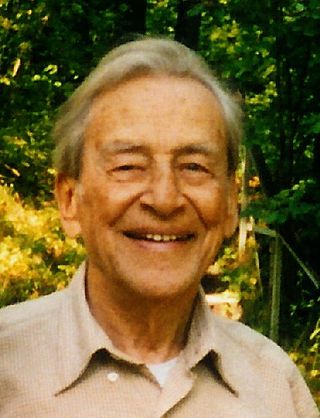
The Diary of Anne Frank is a monodrama in 21 scenes for soprano and chamber orchestra, composed in 1968 and first performed in 1972. The music and libretto are by Grigory Frid, after the eponymous 1942-1944 diary.
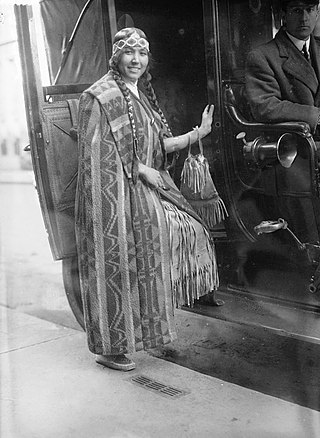
Tsianina Redfeather Blackstone was a Muscogee singer, performer, and Native American activist, born in Eufaula, Oklahoma, within the Muscogee Nation. She was born to Cherokee and Creek parents and stood out from her 9 siblings musically. From 1908 she toured regularly with Charles Wakefield Cadman, a composer and pianist who gave lectures about Native American music that were accompanied by his compositions and her singing. He composed classically based works associated with the Indianist movement. They toured in the United States and Europe.
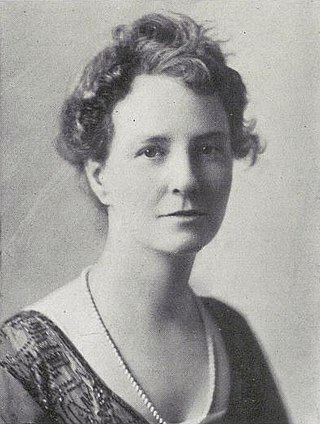
Nelle Richmond Eberhart was an American librettist, poet, and teacher. She is known for her long collaboration with composer Charles Wakefield Cadman. She wrote 200 songs and the librettos for five operas for which he composed the music.
Lilian White Spencer was a well-known American poet of Colorado.
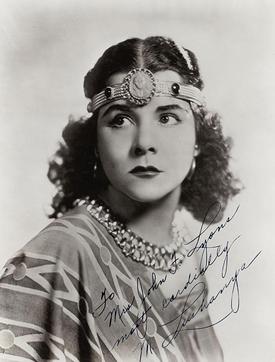
Tessie Mobley was an American operatic soprano.
K. Tsianina Lomawaima is an American interdisciplinary researcher of Indigenous studies, anthropology, history, and political science. She is a professor in the School of Social Transformation at Arizona State University. She specializes in the interaction between sovereign Native nations and U.S. federalism, the status of Native people as U.S. citizens, and federal Indian policy particularly in the area of education. Her historical focus is the early 20th century.

Reservation Dogs is an American comedy-drama television series created by Sterlin Harjo and Taika Waititi for FX Productions. It follows the lives of four Indigenous teenagers in rural Oklahoma, as they spend their days hanging out and committing crimes to earn enough money to leave their reservation community.















